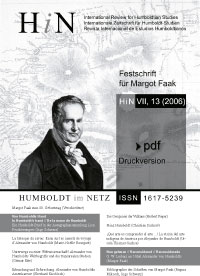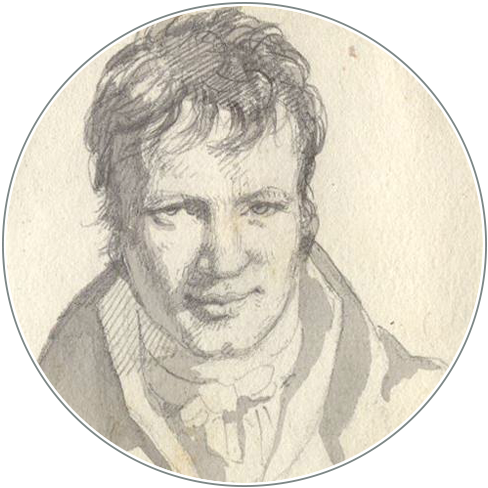La fabrique du savoir. Essai sur les carnets de voyage d'Alexander von Humboldt
DOI:
https://doi.org/10.18443/80Ключевые слова:
1799-1804, Relation historiqueАннотация
Abstract
Whilst the notebook belongs to the imagery of the enlightened scientist's persona (an auxiliary tool kept by his side to be hastily scribbled with data, when at the bench or in the field), it has been given little attention by historians of science, who are used to consider its manuscript pages as a documentary resource to complement the printed text, but rarely take the notebook as a material and cultural object by itself, the history and epistemology of which is to be explored. Only recently have new trends in the historiography, by historians of printed books and reading practices, and by social and cultural historians of knowledge, called for a fresh look and opened the way for new approaches. Taking Alexander von Humboldt as a paramount example, who expressly devoted his life to "observing and recording" the world, pen in hand, this paper explores the note-taking practices at work in his travel diaries and notebooks from the perspective of the history of scientific observation and cognitive practices. Four themes are successively considered : the question of method and apprenticeship ; the timing of note-taking practices ; the nature and status of the data jotted down on the page ; finally, their uses in the production of scientific knowledge. In the back and forth movement between the observation of the world and the writing of science, the notebook stood as a crucial intellectual step and cognitive tool.
Опубликован
Как цитировать
Выпуск
Раздел
Лицензия
Copyright (c) 2007 Marie-Noëlle Bourguet

Это произведение доступно по лицензии Creative Commons «Attribution-NonCommercial» («Атрибуция — Некоммерческое использование») 4.0 Всемирная.
Die Rechte der eingesandten Artikel bleiben bei den Autoren und werden unter einer Creative Commons-Lizenz (CC BY-NC 4.0) veröffentlicht. Alle bei HiN publizierenden Autorinnen und Autoren akzeptieren dieses Lizenzmodell.
Die Autorinnen und Autoren tragen die Verantwortung für das Einwerben der Bildrechte.
Die Rechte am Layout und Design der Zeitschrift sind nicht übertragbar und können nicht ohne vorherige Zustimmung von HiN in anderen Publikationen weiterverwendet werden.










